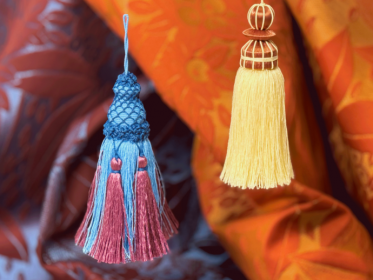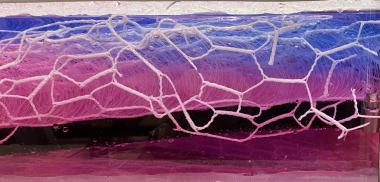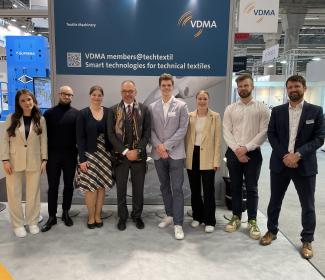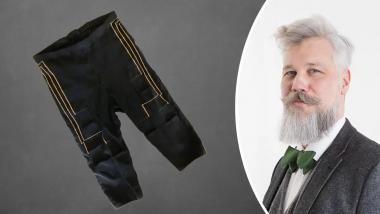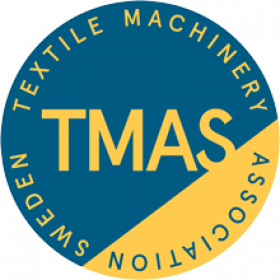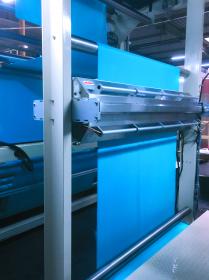Teijin Frontier: Breathable, UV-blocking polyester material
Teijin Frontier Co., Ltd., the Teijin Group’s fibers and products converting company, announced the development of a new, multifunctional and comfortable polyester material that combines high breathability and UV protection. This new product reproduces the structure of a traditional Japanese "Sudare" blind (bamboo blind), which allows breezes to pass through while blocking out sunlight.
As extremely high summer temperatures become increasingly common, Teijin Frontier developed this new polyester to meet market demands for materials with enhanced heat protection functions. Heat protection encompasses breathability, UV resistance and anti-stickiness. However, until now, breathability – achieved by gaps between fibers – and UV protection were thought to be mutually exclusive.
To solve this dilemma, the company created a structure with slit-shaped, highly breathable areas in either the warp or weft direction of the fabric. These three-dimensional gaps, similar to those in a bamboo blind, allow the material to deliver both excellent breathability and high UV blocking performance of 85 percent or more. The structure allows air permeability of 50㎤/㎠・s or more.
This new product also offers sustainability benefits through the incorporation of recycled polyester in part. Its structure and elastic fibers provide stretch performance, while an uneven surface caused by differences in thread shrinkage and its structure avoid stickiness. Moreover, to achieve the combination of functions, Teijin Frontier also adopt special high-shrinkage technology and dying finishing technology. This material offers potential for use in both fashion and casual clothing.
Teijin Frontier will begin promoting this product for the 2025 spring and summer fashion and casual clothing collections in Japan, aiming for sales of 250,000 meters in fiscal 2024 and 750,000 meters in fiscal 2027.
Teijin Limited






